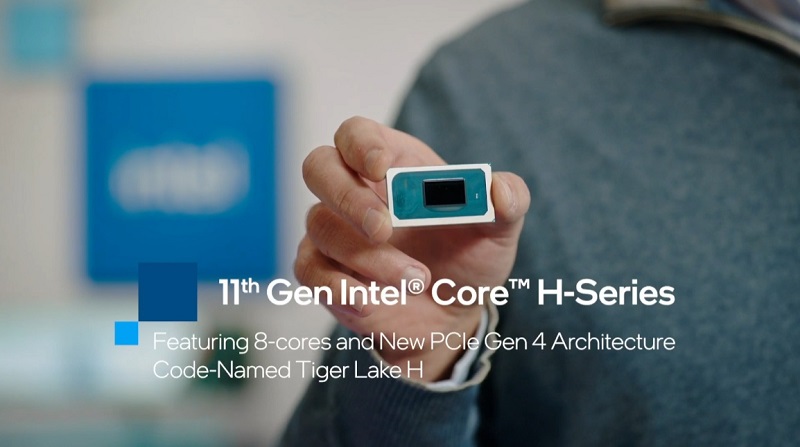
It’s a new year and so time for Intel to unveil their new chip plans for the year. After Apple made a bold statement towards the end of 2020 with the launch of their new M1 processors and impressive AMD processors, the challenge is on for Intel to prove that they still have what it takes to make a top-of-the-line CPU.
The company has announced two new CPU ranges, one aimed at the desktop and mobile CPU market and another looking at ultraportable gaming laptops. On the desktop side, the company announced a new Alder Lake architecture which utilises an approach high-performance and high-efficiency cores in a single package to maximize both power and efficiency – much the same as its recent Lakefield range. The difference being that whereas Lakefield was focused exclusively on mobile devices, Intel is using the same architectural design for both its desktop and mobile processors, something which could certainly help bring some parity between both.
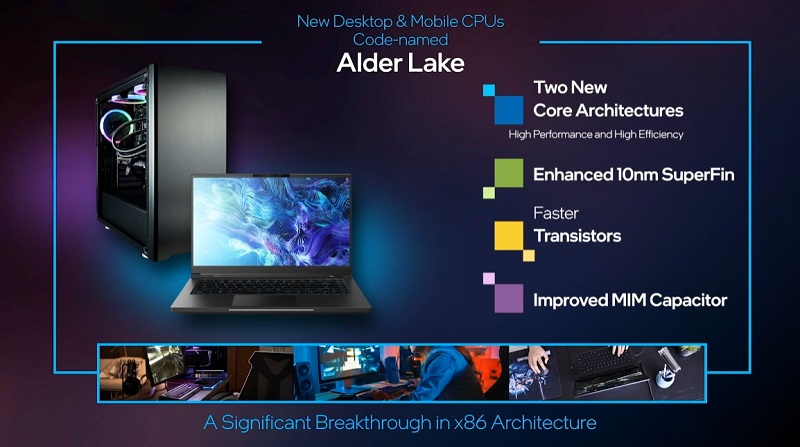
The 12th Gen Alder Lake chips will feature a “new, enhanced version” of the 10nm SuperFin designs already found in Intel’s 11th Gen Tiger Lake chips, with a combination of new high-power cores which it is calling Golden Lake and new Gracemont cores for efficiency. Perhaps some of the inspiration Intel could claim from this idea is that their design is matching more closely to the ARM design that Apple is following with their high performing M1 chipset and a sign that Intel is looking to adopt a similar approach in bringing better performance to their new CPUs. The company has revealed too many more specs on it planned 12th Gen processor, though assumedly that will come later in the year closer to launch.
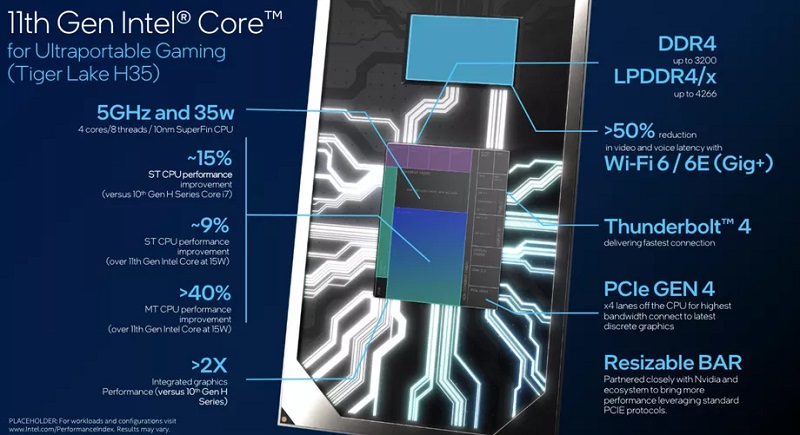
Outside of just sharing about 12th Gen processors, the company is also focusing on bolstering some of their 11th Gen processors. The company has announced a new set of H-series chips which are aimed at ultraportable gaming laptops and being some of the benefits of its Tiger Lake design – including 10nm process and the Xe integrated graphics, into a lower-end 35W chip design (as opposed to the 45W chips of the Tiger Lake range). This should help to provide some improved 3D gaming performance for laptops while still allowing for lower battery usage which is important for these ultraportable laptop devices.
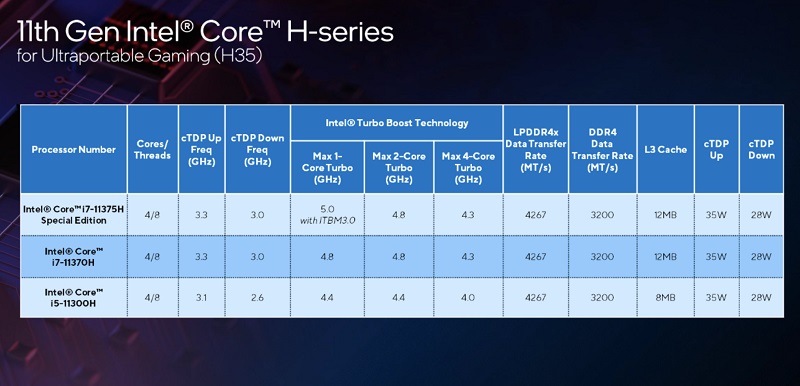
The new chips will support Intel Killer Wi-Fi 6 or 6E, feature integrated Thunderbolt 4 support, DDR4 memory at up to 3,200 MHz and LPDDR4/x at up to 4,266 MHz, and PCIe Gen 4.0. For graphics, hardware companies will be able to either rely on the already integrated Xe-LP graphics or add additional discreet options from companies like Nvidia. These new processors are expected to start shipping later this quarter, so expect to hear a lot more about them in the near future.
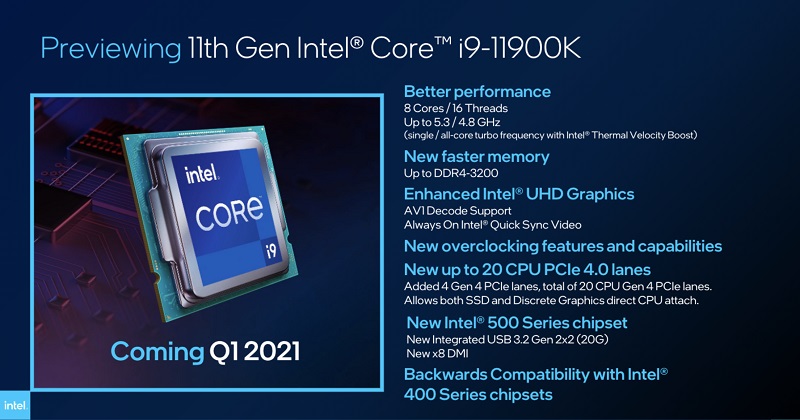
Intel is also planning to release a faster 11th Gen i9 processor that, while still based on its older 14nm process, features significant improvements with an eight-core, 16-thread chipset which will boost clock speeds up to a whopping 5.3GHz. The processor will also include support for DDR4 RAM at 3,200MHz, a total of 20 PCIe 4.0 lanes, and even backwards compatibility with Intel’s 400 Series chipsets. This new top of the link Rocket Lake processor is also expected to be released in the first quarter of this year.
It might only be the start of the year, but 2021 is already looking like an exciting one on the processor space with big performance improvements expected all around. It would be a great time to be a tech fundi if our budgets weren’t already so stretched by everything else on the market
Last Updated: January 12, 2021




















